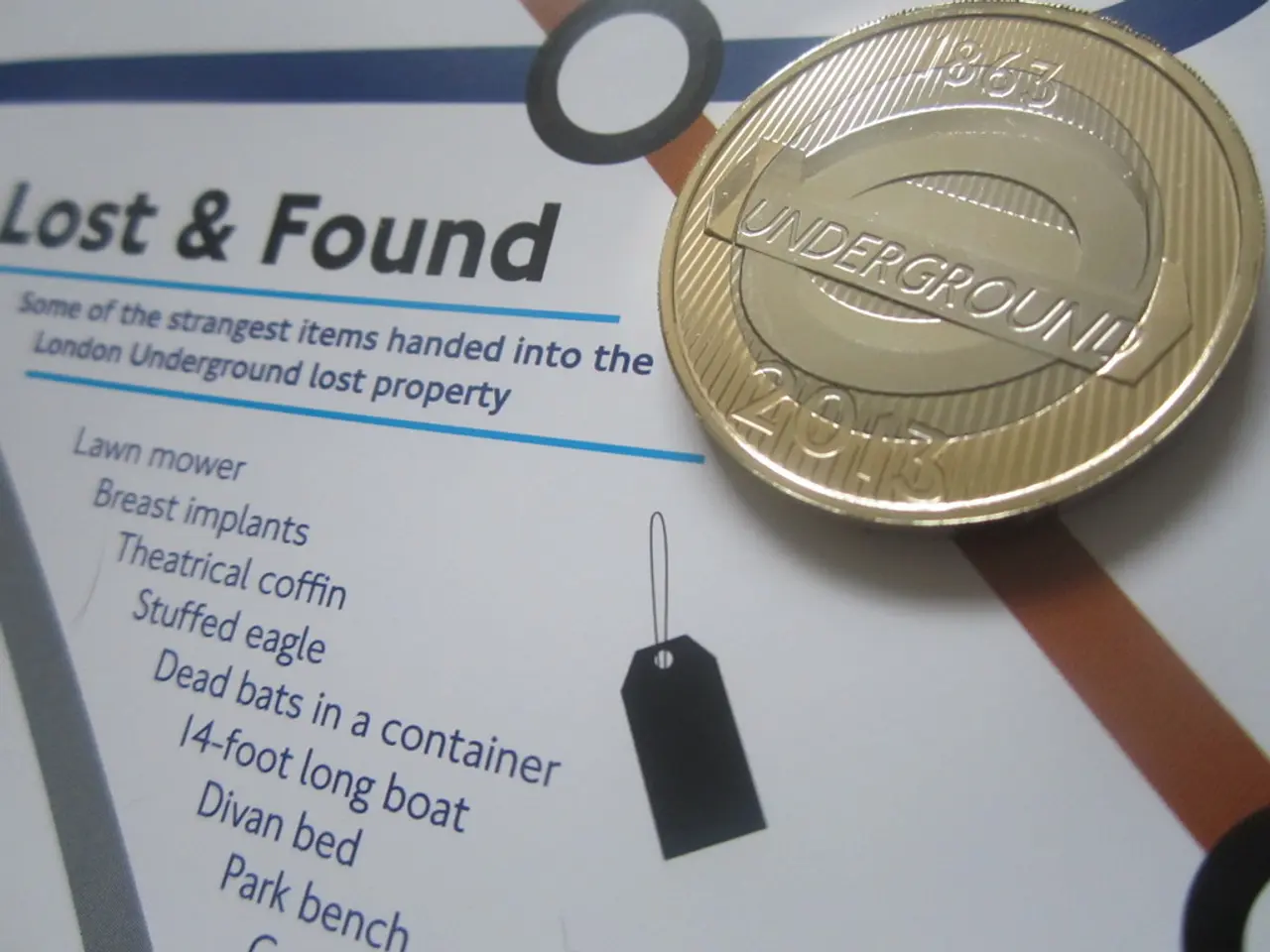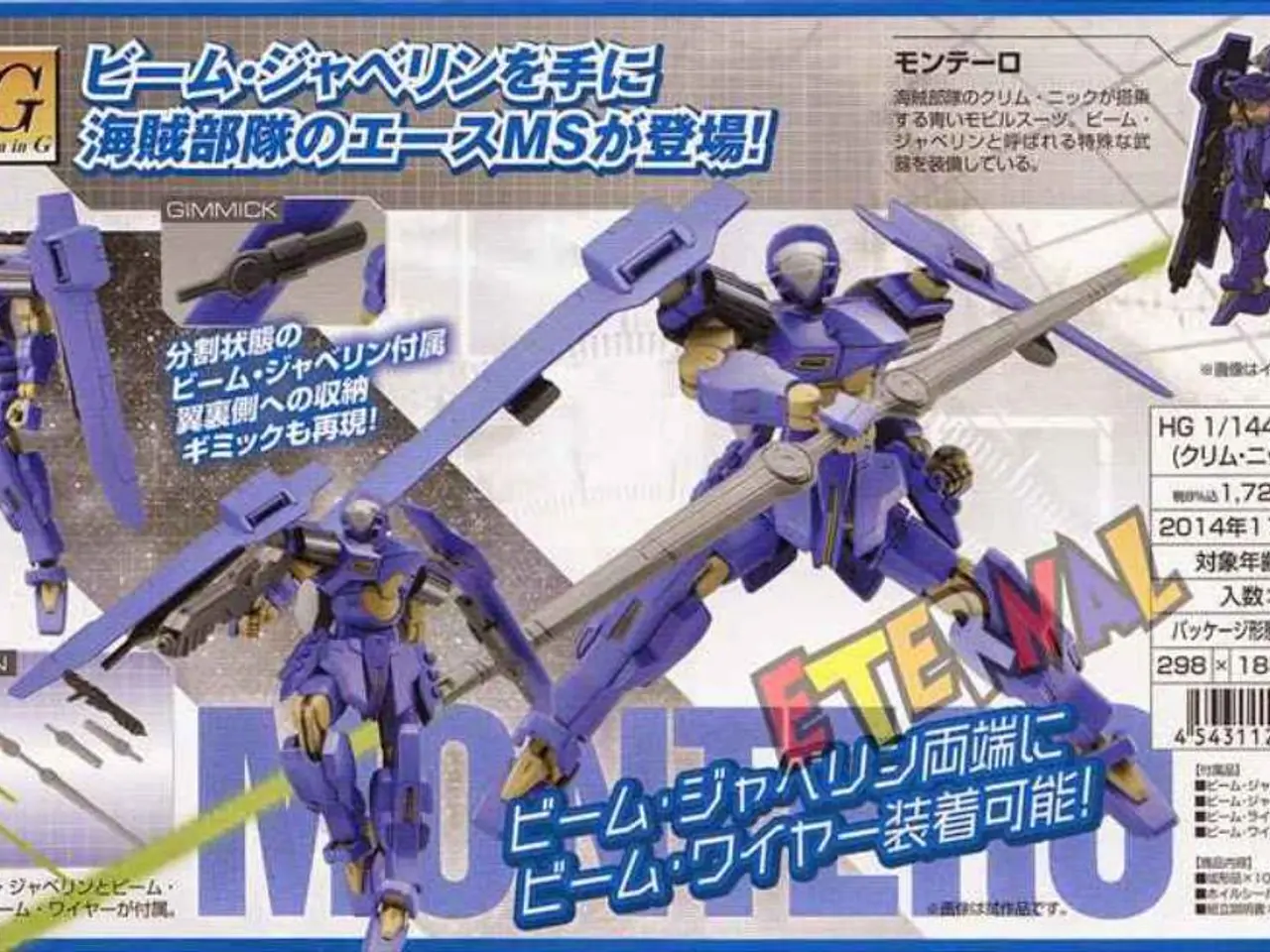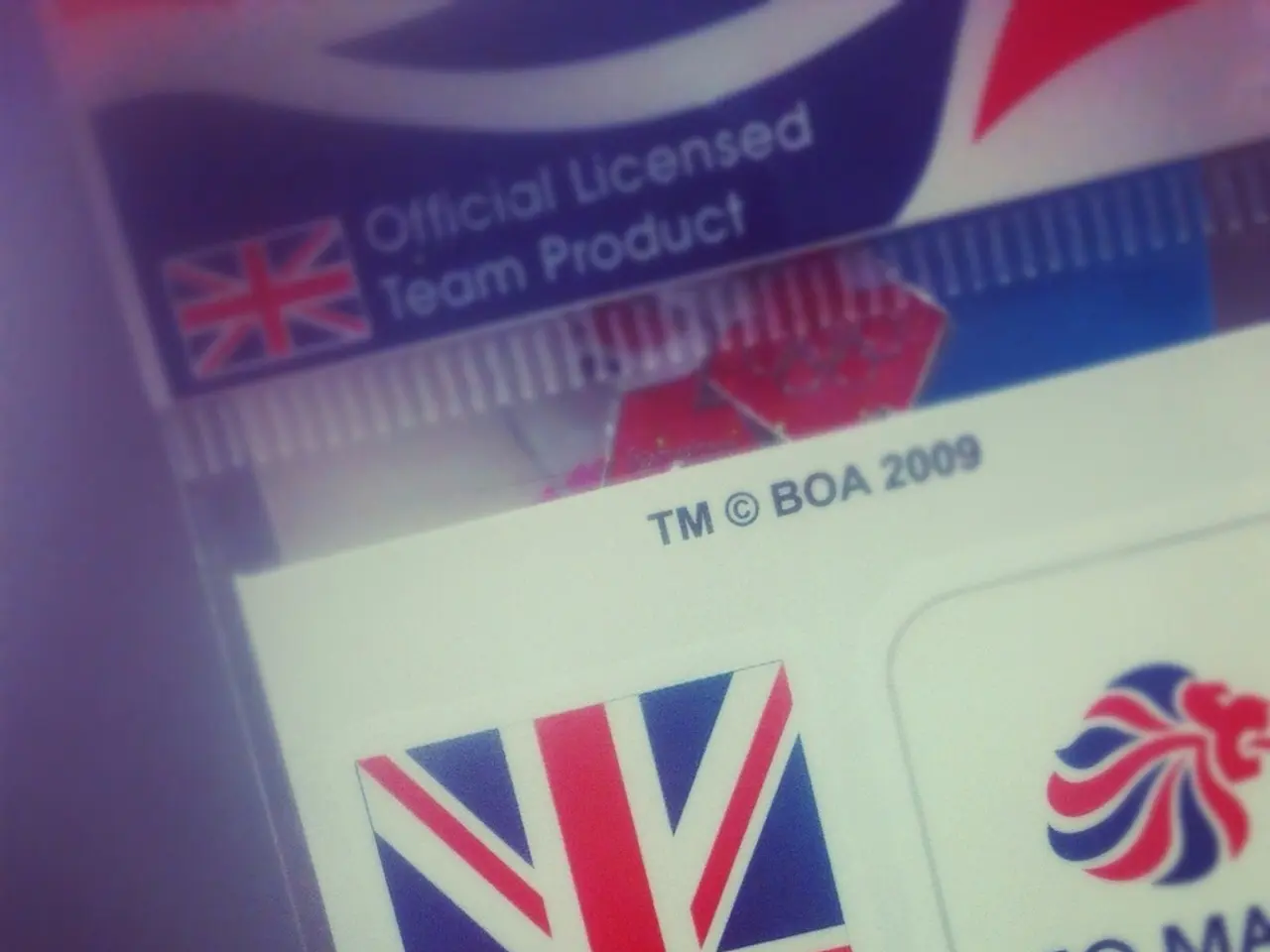The Familiar Faces of American Coins: A Look into the Origins and Usage of U.S. Coin Names
American Coins Lack Numerical Denominations - Even the Government Remains Clueless as to the Reason
The U.S. currency system, with its distinctive coin names, is rooted in historical usage, colonial heritage, and practical communication. From "penny" to "quarter," these words have become an integral part of American English.
Historical and Cultural Origins
The term "penny" traces its roots back to the British currency system, a reflection of the U.S.'s British origins. Although the official U.S. Mint name is "cent," "penny" remains the widely used, informal name. The names "nickel," "dime," and "quarter" also have historical origins, referencing the metal used in their production, their value relative to the dollar, and the coin's denomination, respectively.
Practical Communication
In everyday usage, words like "penny" and "nickel" are more convenient than "one-cent piece" or "five-cent piece." They offer quick, unambiguous references in conversations and signage, helping to avoid confusion, especially when coins of similar size or appearance circulate together.
Official vs. Colloquial Use
While the U.S. Mint officially refers to coins by their value in cents, colloquial names dominate public usage. The federal law designates coins by their cent value, but common language has adapted for ease and tradition.
A Summary Table
| Coin Value | Official Name | Common Name | Origin of Name | |------------|---------------|-------------|-------------------------------------| | 1¢ | One cent | Penny | British heritage | | 5¢ | Five cents | Nickel | Metal composition | | 10¢ | Ten cents | Dime | French "dîme" (tenth) | | 25¢ | Twenty-five cents | Quarter | "Quarter dollar" (1/4 of a dollar) |
Conclusion
The U.S. uses word-based names for coins due to a combination of historical legacy, practical communication needs, and cultural habit. Official documents may use numerical values, but in everyday life, these distinctive names are deeply rooted and universally understood.
In the past, coin values corresponded to the value of the metal used to produce them. The rising cost of silver forced the U.S. to move to a copper-nickel combination for coins in 1965. The U.S. could potentially save around $4.4 billion by discontinuing one dollar bills in favor of dollar coins, according to the Government Accountability Office.
The law does not prohibit denomination numerals or a preference for spelling out denominations in words, but the required elements on American coins may leave little room for additional details like numerals. The preservation of tradition is another reason for the unchanged coin designs, as suggested by Scott Schechter, a coin evaluator and vice president of Numismatic Guaranty Corporation.
The coinage system may cause confusion for non-English speakers and newcomers to the country. The U.S. Embassy in Japan addresses this issue, providing guidance to foreigners navigating the American coin system. The reason for most U.S. coins not featuring number values remains unknown.
- The realm of American finance and business is intertwined with general-news, as the history and usage of U.S. coin names reflect historical origins, cultural heritage, and practical communication needs, forming an integral part of the nation's everyday communication.
- From the practical perspective of everyday usage, terms like "penny" and "nickel" are more convenient and unambiguous in conversations and signage, thus preventing confusion, which is particularly significant when coins of similar appearance circulate together.




